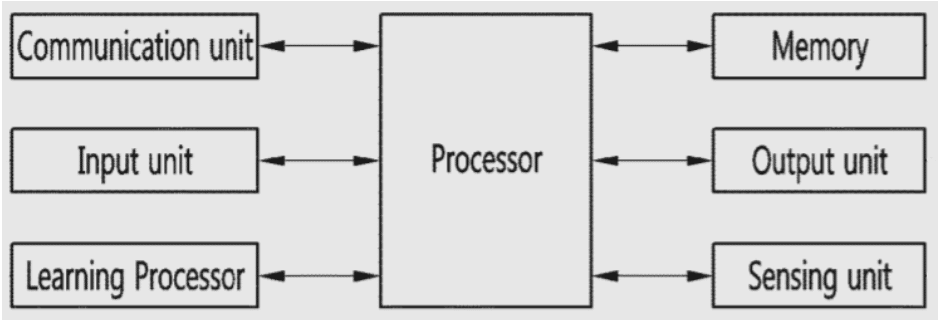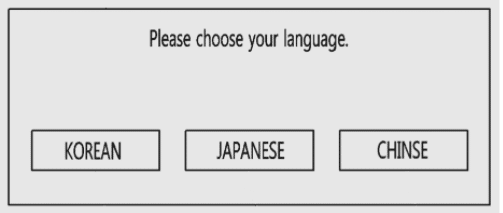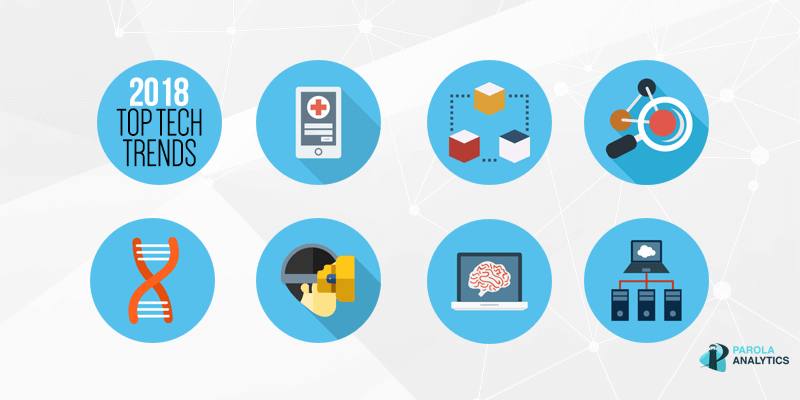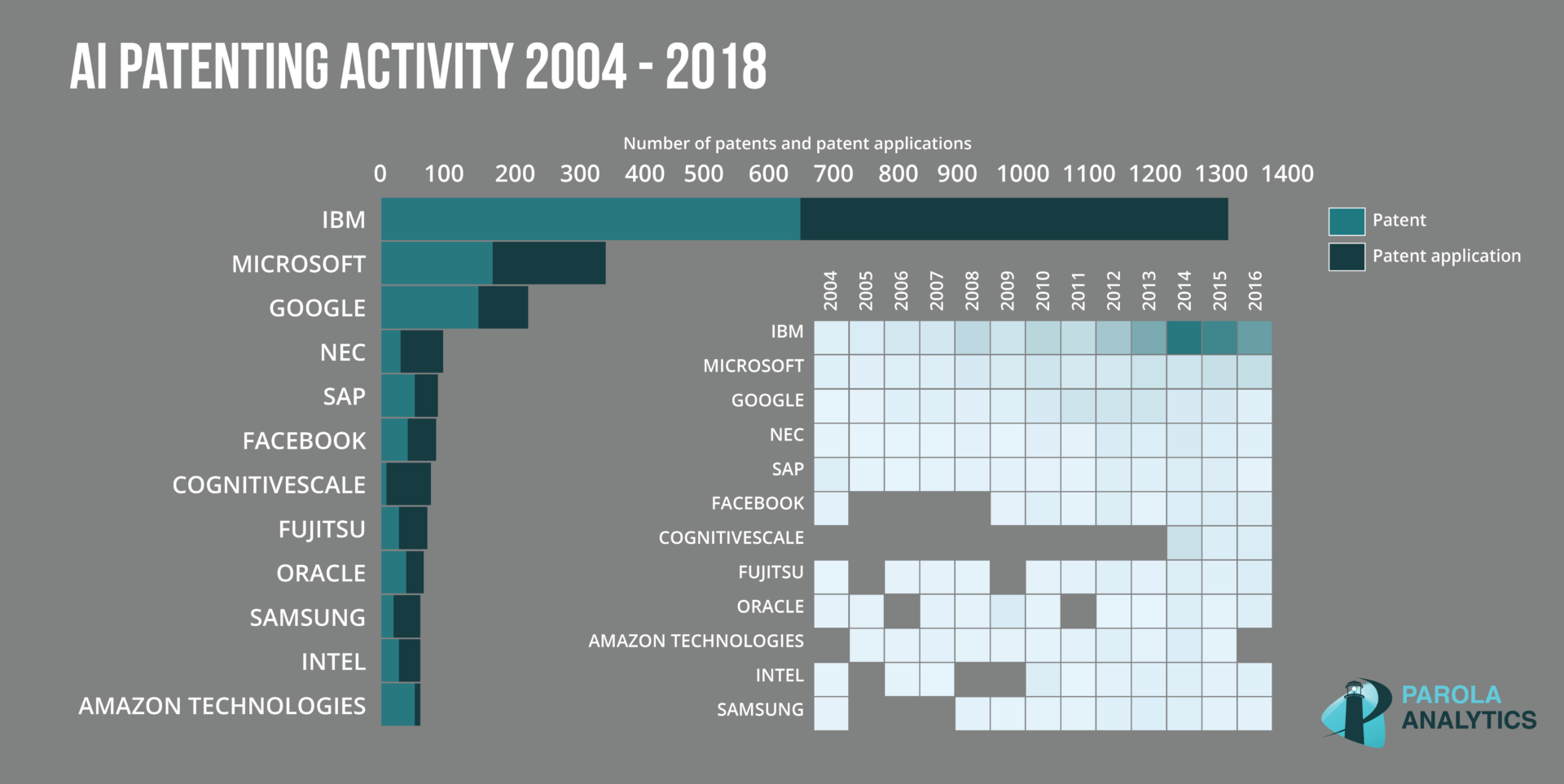A patent application from South Korea’s LG Electronics describes a robotic guide for airports. The system uses artificial intelligence to recognize passports and automatically switch between every passenger’s preferred language.
Concierges, especially at international airports, are typically expected to be fluent in more than one language. Such is a tall order in the U.S where only about 17% of the population is multilingual. On top of that, there is the 96% likelihood of receptionist jobs to be computerized according to a 2013 Oxford University study. This line of work had the second-highest probability of automation, just behind loan officers at 98%.
Sure enough, robotic airport assistants have already cropped up in London, Frankfurt, and Amsterdam. Airline passengers can seek guidance from these tireless multilingual machines irregardless of need and country of origin. LG’s patent application claims an iteration of the AI-driven concierge that can change its operating language without requiring a human to make a manual selection.

Fig. 1. A diagram showing an AI device according to an embodiment of the present invention.
LG says its robot assistant may be stationary or mobile with self-driving capabilities. It may comprise the following:
- A processor;
- an input unit, which may include a camera and microphone;
- an output unit, which may include a monitor, speaker, and haptic module;
- a communication unit to transmit and receive data alongside an AI server;
- a sensing unit to collect ambient environment information like proximity or fingerprints;
- memory; and
- a learning processor.
The learning processor is responsible for what happens in both the robot’s strong suit and weak spot: language. It is one thing to program AI with an extensive library of words and cues for when to use them, and another to produce AI that understands speech at a human level. The latter has proven to be a massive challenge, not even considering multiple languages. A learning processor could enable LG’s computerized concierge to hold realistic conversations with people from all over the world.
LG’s robot would analyze a person’s voice to determine a suitable language. The convenience in this system, as touted in the USPTO filing, lies in passengers just walking up to the machine and asking, as opposed to first selecting a language from a list. An individual may also present their passport to the concierge’s camera, to give the system a better chance at determining the language to use. Should the AI fail to find a match by itself, the system may then provide a refined list for a human to choose from.

Fig. 2. An illustration of a language selection screen with a plurality of language candidates.
Using its camera, sensors, and map data, the robot may provide guidance according to its current location in the airport. The patent application mentions an implementation of the technology as an unmanned aerial vehicle. This embodiment could mean airports that are populated with assistant drones. Companies like Amazon and Walmart already have IP that applies the tiny flying machines in a similar manner.
Data published by Airports Council International projects that international passenger traffic will approach parity with domestic traffic by 2040. This means airports across the world would be providing services to more people speaking different languages. While COVID-19 has rendered 2020 the aviation industry’s worst year on record, policy interventions have set the world on the course for pandemic recovery. LG’s multilingual robot could serve as another way of helping people through an increasingly interconnected world, lockdowns and language barriers notwithstanding.
The featured patent application, “Robot For Providing Guidance Service Using Artificial Intelligence And Method Of Operating The Same”, was filed with the USPTO on December 12, 2019 and published thereafter on September 23, 2021. The listed applicant is LG Electronics Inc. The listed inventors are Wonho Shin and Jichan Maeng.






